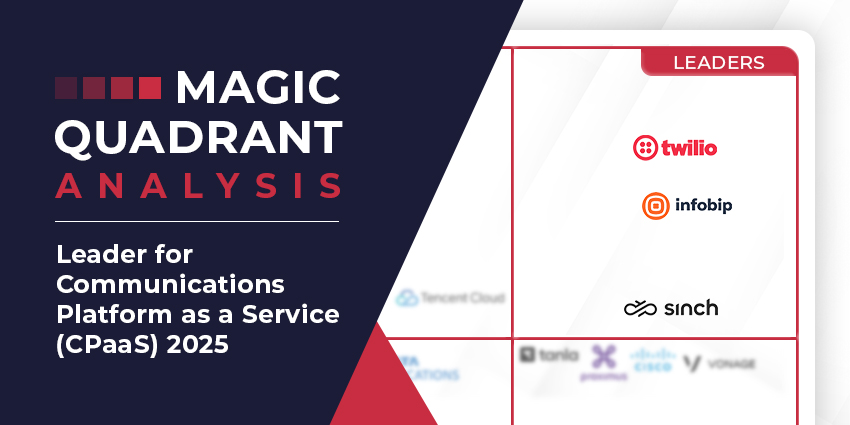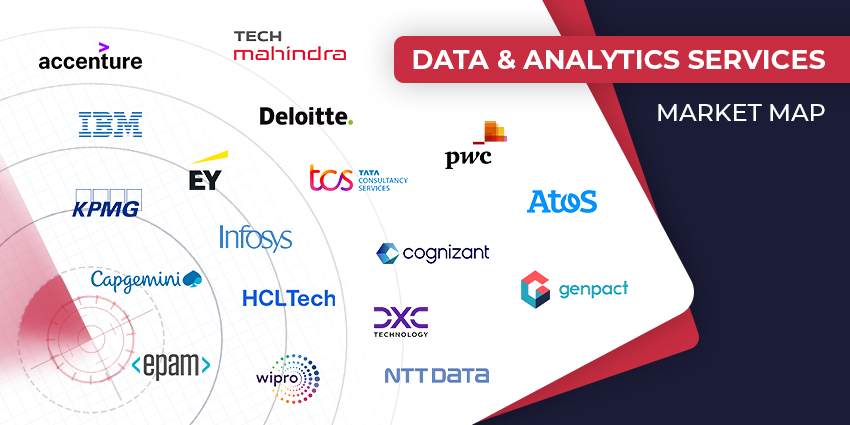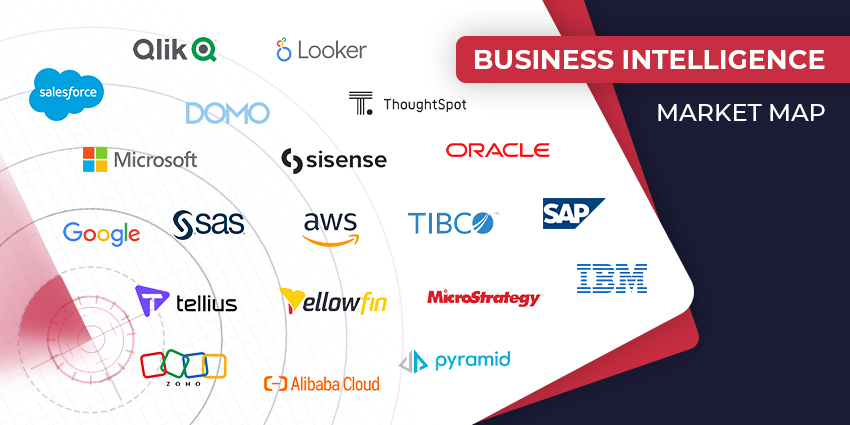Given that order fulfilment and service speeds rely primarily on the efficiency of your back-office processes, back-office analytics should be as much of a priority as customer-facing analytics – if not more. Indeed, studies reveal that 70% of organisations globally are now prioritising back-office analytics over the front office even though just 29% have achieved expected outcomes. This is bad news for customer experience and the contact centre as a whole.
Without accurate data insights into your back-office operations, you will struggle to optimise inventory, fulfil demand at the front end, and minimise call volumes for the contact centre.
Understanding What is Back-Office Analytics
You can define back-office analytics as a data processing solution that evaluates activities in the support functions of your primary business including but not limited to, order processing, order fulfilment, payments, billing, account creation, and account maintenance to reveal important insights for customer process efficiency.
For example, if a specific product variant repeatedly fails to meet your average procurement and shipping timeline standards, back-office analytics should be able to flag the anomaly and help you find its root cause.
Why is Back-Office Analytics Important for Customer Experiences?
If the front office is the face of your organisation, the back-office is its arms and legs. Wherever promise is made by the branding, sales, and marketing units of your organisation, it is the back-office that looks after its realisation. In case there is an error in back-office processes or a long-standing inefficiency, customers will turn to your contact centre for a resolution – thereby driving up call queues beyond the organisational standard or even capacity.
In fact, it is estimated that approximately 4 in 5 complaints made to a contact centre can be traced back to back-office process failures.
The intervention of back-office analytics is essential to keep these support and fulfilment activities running without a glitch and at optimal levels. These analytics insights would also help predict upcoming traffic spikes and allocate agents accordingly.
Best Practices for Back-Office Analytics
- Use desktop analysis and screen recording to monitor back-office employee performance, just as you would measure contact centre performance using agent analytics
- Allocate back-office workloads in large batches rather than in-the-moment distribution as in the contact centre, to keep up with incoming tasks
- Integrate back-office analytics with contact centre workforce management to enable predictive scheduling based on back-office task fulfilment or bottlenecks
- Train back-office professionals in CX delivery so they are aware of the crucial role they play in the customer satisfaction value chain and are equipped to meet performance benchmarks
- Enable two-way data flow between back-office analytics and contact centre analytics, so that back-office managers can predict incoming tasks based on contact centre events
- Integrate automation so that the results of back-office analytics can act as event triggers, automatically initiating a chain of tasks if a specific analytics result is detected
By embracing back-office analytics as part of your CX competency, you can drive a connected and more enriched customer experience from awareness to conversion and ultimately at the time of order execution.







